This 150 year old cottage has just been purchased recently and the new owners were looking froward to a full refurbishment. The past owners spent only the bare minimum on repairs and maintenance, so a lot of work was needed to be done. Moreover, all repairs have been done with modern building materials, primarily with cement, including:
- Cement render on the outside, which was in bad condition
- Cement plaster
- Solid cement floors
- Cement block walkway around the building
Dealing with the damp hence was a priority.
The Dampness Survey - Findings
As you probably would expect, there was a lot of dampness in the property due to the combined effect of a number of factors: in addition to its age, the non-breathable building materials have significantly contributed to the problem, making the dampness situation significantly worse than it would have otherwise been.
The cement plaster keeps the surface apparently dry. However drilling into the walls reveals a completely different scenario: the bricks under the cement plaster are soaking wet.
Due to the modern renovation a lot of salts have migrated into the building fabric. These salts now are part and parcel of the building fabric, and have to be taken into consideration or "managed" during future renovations. Using plasterboard mounted on metal battens is an easy, inexpensive way of taking care of the salts, separating the salty wall surface from the plasterboard and finish.
Recommendations and Results
The easiest, least invasive and most hassle-free way of dealing with the rising damp is through the installation of a Magnetic Dehydration System. This system can handle the rising damp problem even if the cement render and plaster is not removed as it will "send" the water back into the ground through the capillary system.
However additional repairs such as removing some of the cement plaster will definitely help in regard and will make the dehydration cycle shorter.
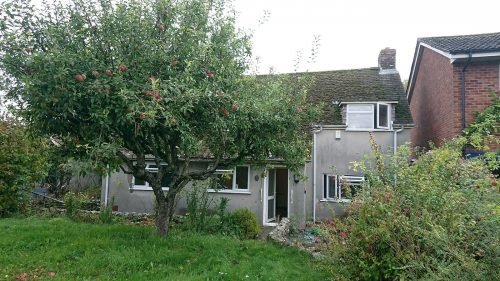
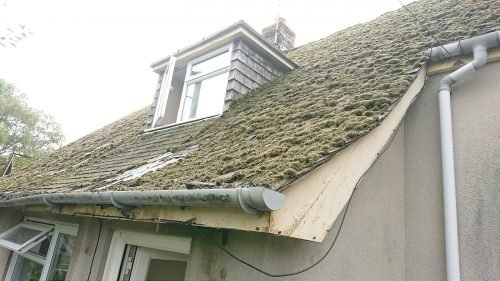
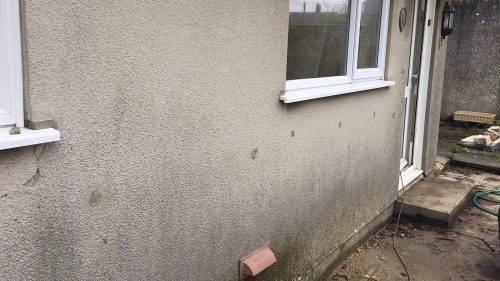
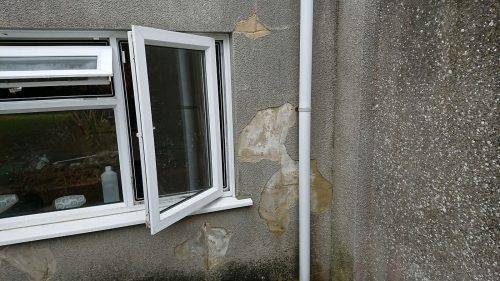
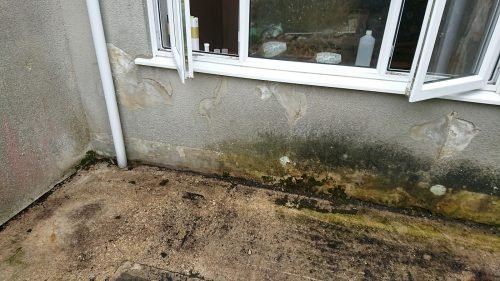
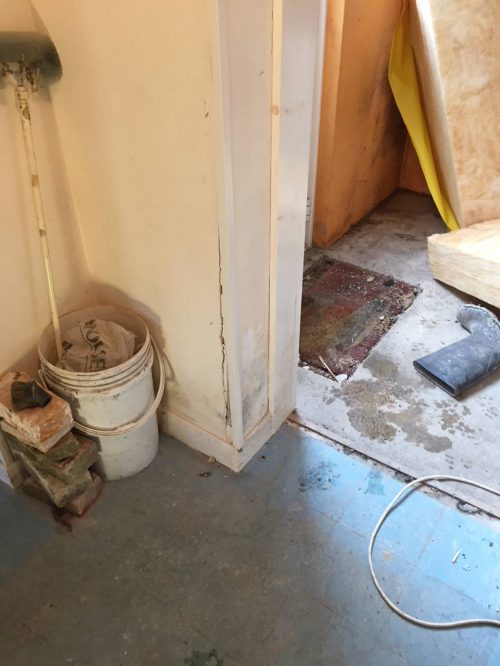
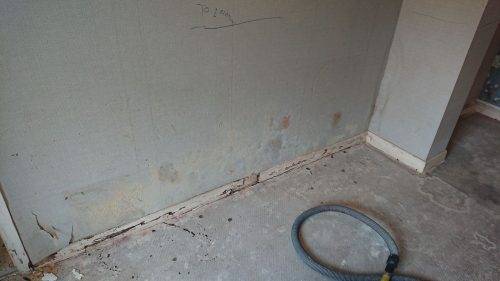
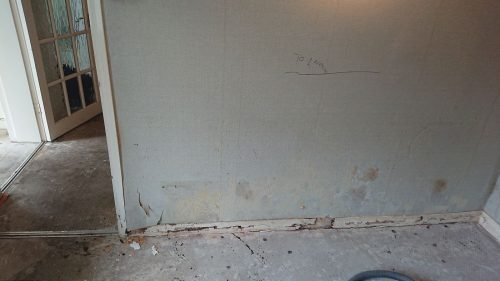
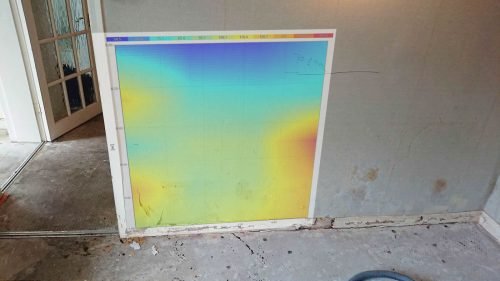
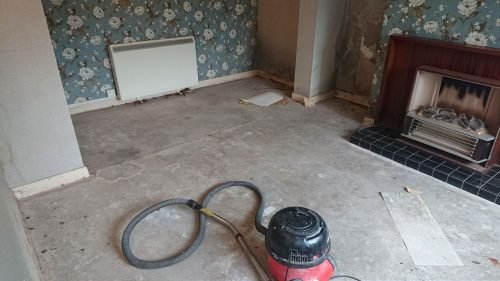
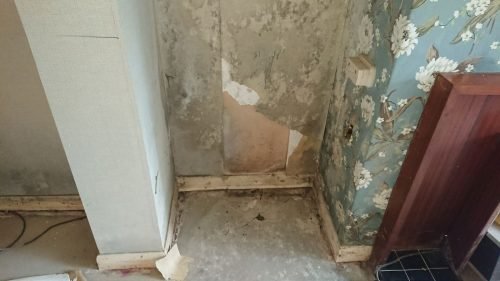
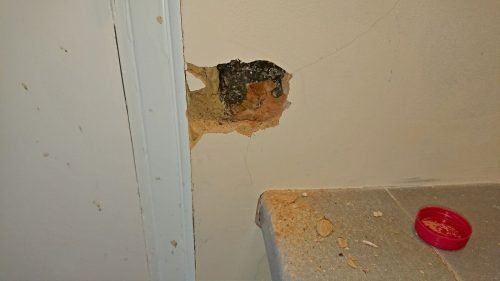
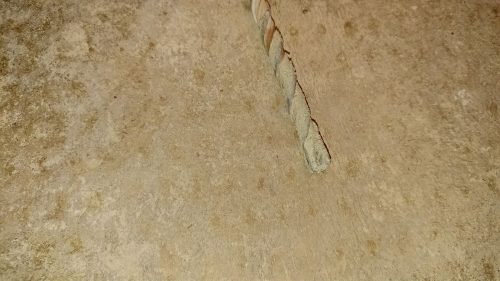
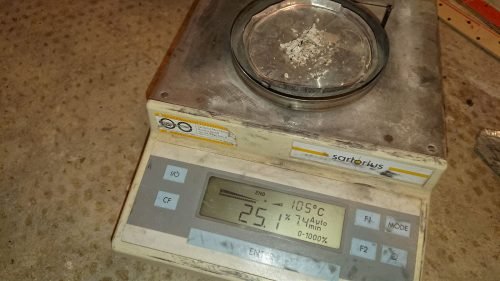
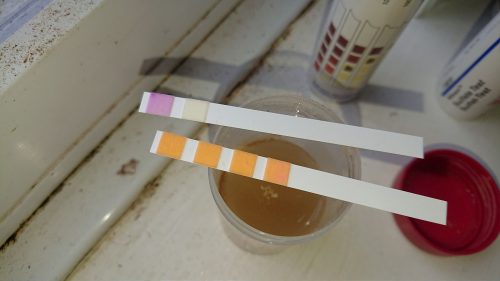
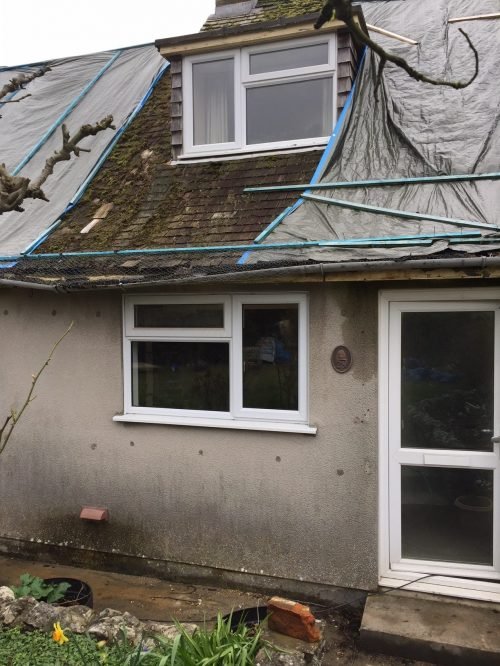
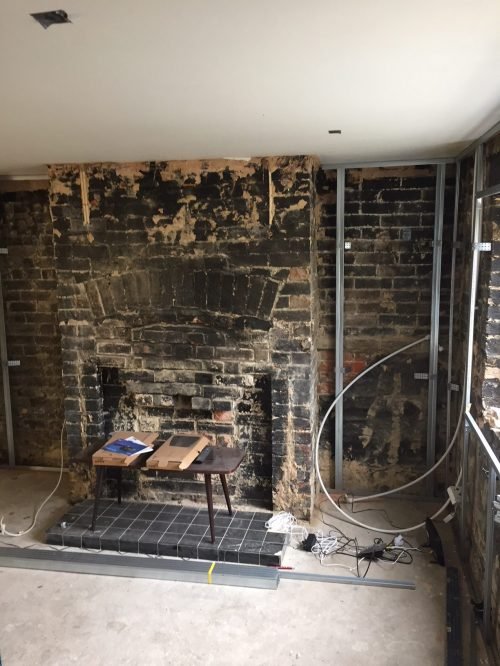
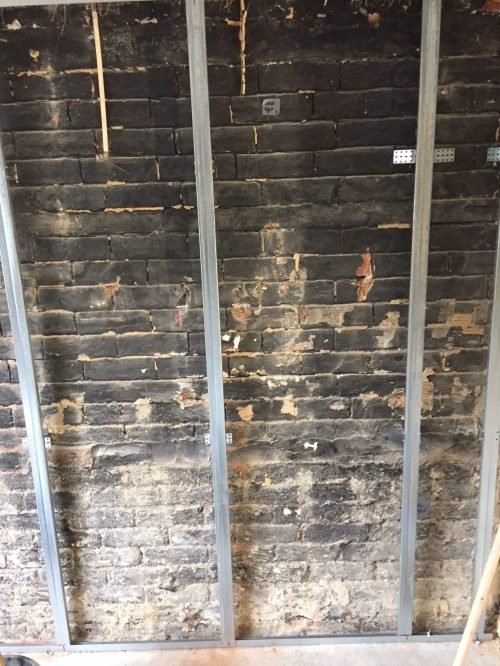
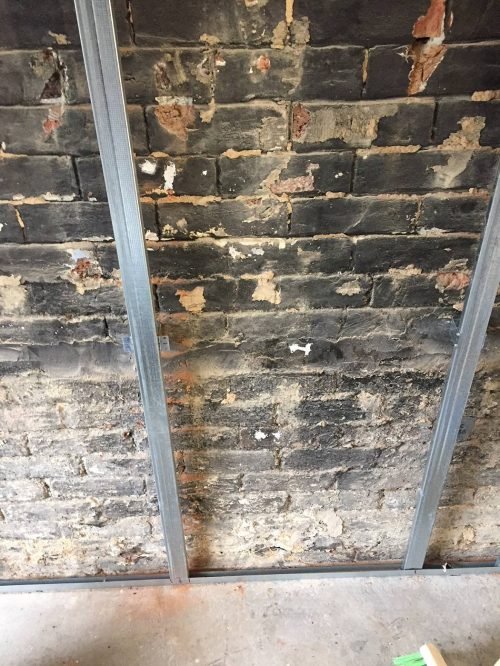
The interim results 6 months after the installation of the dehydration system show a marked reduction of the moisture content of the walls; the values virtually halved during the winter between October to April, despite of the fact that the winter 2017/2018 was one of the worst winters on record with lots of snow and ice.
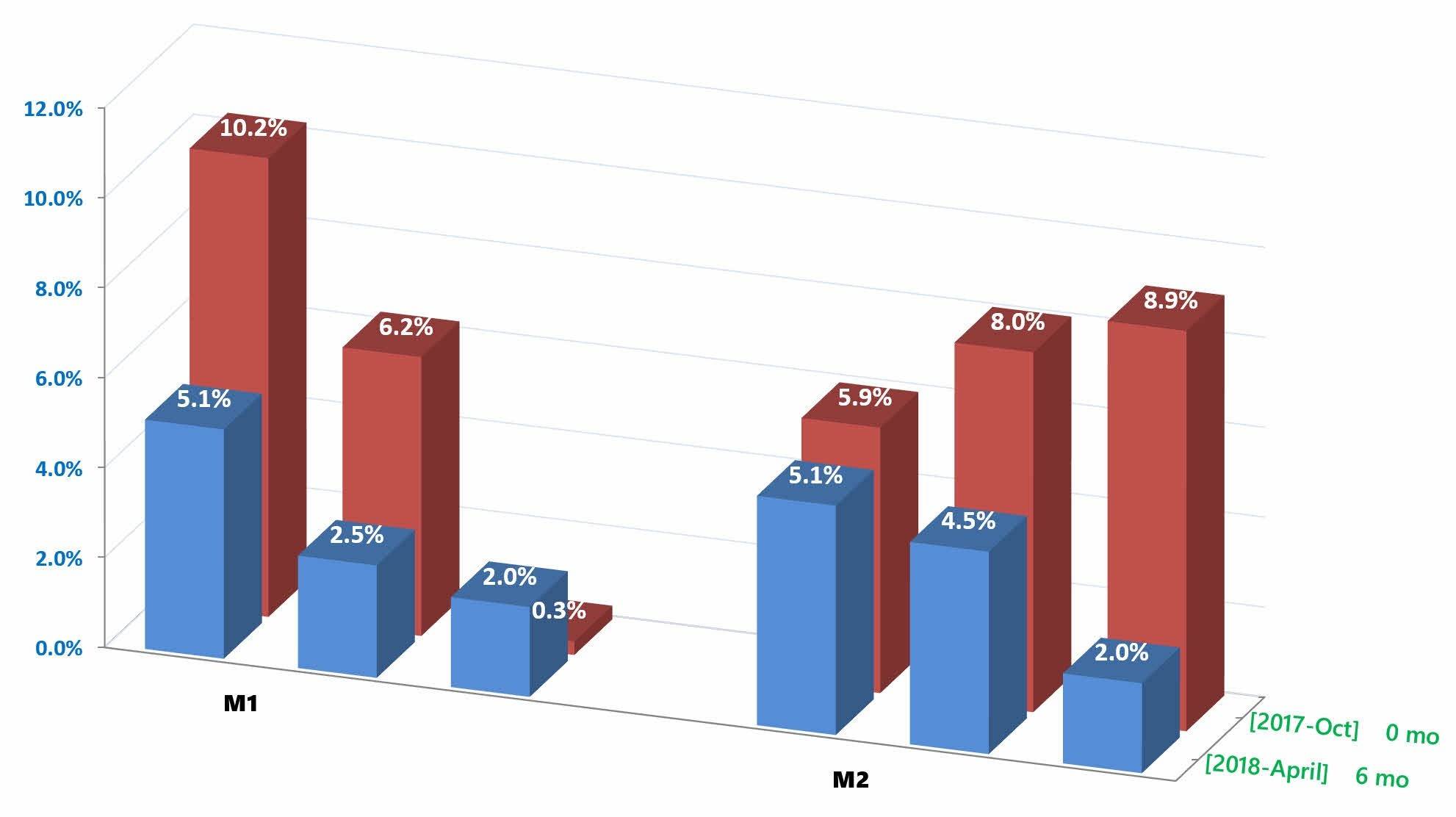
The dehydration of the building in in progress, we keep monitoring the building.

